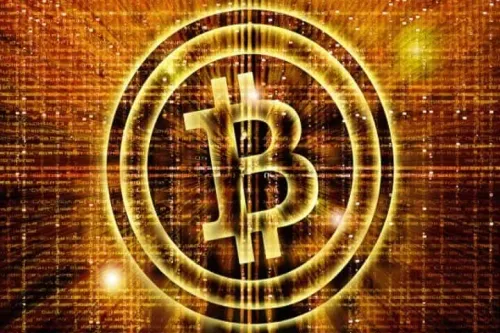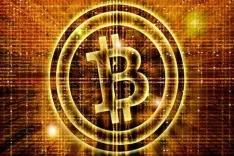How Did Average Daily UPI Transactions Reach Rs 90,446 Crore in August, with SBI Leading Remittances?

Synopsis
Key Takeaways
- Average daily UPI transactions reached Rs 90,446 crore.
- SBI is the top remitter with 5.2 billion transactions.
- Maharashtra holds a 9.8% share in digital payments.
- P2M transaction share increased from 13% to 29%.
- UPI's share in retail demand rose from 40% to 91%.
New Delhi, Aug 18 (NationPress) The Unified Payments Interface (UPI) transactions have surged remarkably, with the average daily value climbing from Rs 75,743 crore in January to Rs 90,446 crore in August. The State Bank of India (SBI) has emerged as the leading remitter, processing 5.2 billion transactions, as per a report released on Monday.
Maharashtra has consistently maintained its position as the front-runner in digital payments, capturing a 9.8 percent share in July alone, followed by Karnataka at 5.5 percent and Uttar Pradesh at 5.3 percent, according to SBI Research.
Furthermore, the percentage of peer-to-merchant (P2M) transactions in total value has risen from a mere 13 percent in June 2020 to 29 percent by July 2025. In terms of volume, this share has escalated from 39 percent to 64 percent, showcasing a robust expansion in digital payments and financial inclusion,” the report stated.
Digital payments, predominantly driven by UPI, are growing at an accelerated pace, far outstripping the current cash in circulation (CIC).
The monthly average for UPI transactions stands at Rs 24,554 billion, whereas the average monthly growth for CIC during April to July 2025 is Rs 193 billion.
In retail demand for cash (UPI combined with ATM withdrawals via debit cards), UPI’s share in value has surged from 40 percent in November 2019 to 62 percent in January 2021, reaching an impressive 91 percent in May 2025. This clearly indicates a shift from cash to UPI.
There are nearly 300 major merchant category codes, but NPCI started with only 29 major MCCs.
“While NPCI has performed admirably, we recommend that data for at least 100 major MCCs be provided,” the report emphasized.
The top 15 merchant categories account for 70 percent in terms of volume and 47 percent in terms of value as of July 2025.
Groceries represent 24.3 percent of transactions and 8.8 percent in value, while debt collection agencies hold 12.8 percent share in value but only 1.3 percent share in volume.
The report further noted that the transaction value in the debt collection agencies category increased to Rs 93,857 crore in July 2025 from Rs 80,789 crore in April 2025, despite a decline in ticket size from Rs 5,817 to Rs 5,952.








